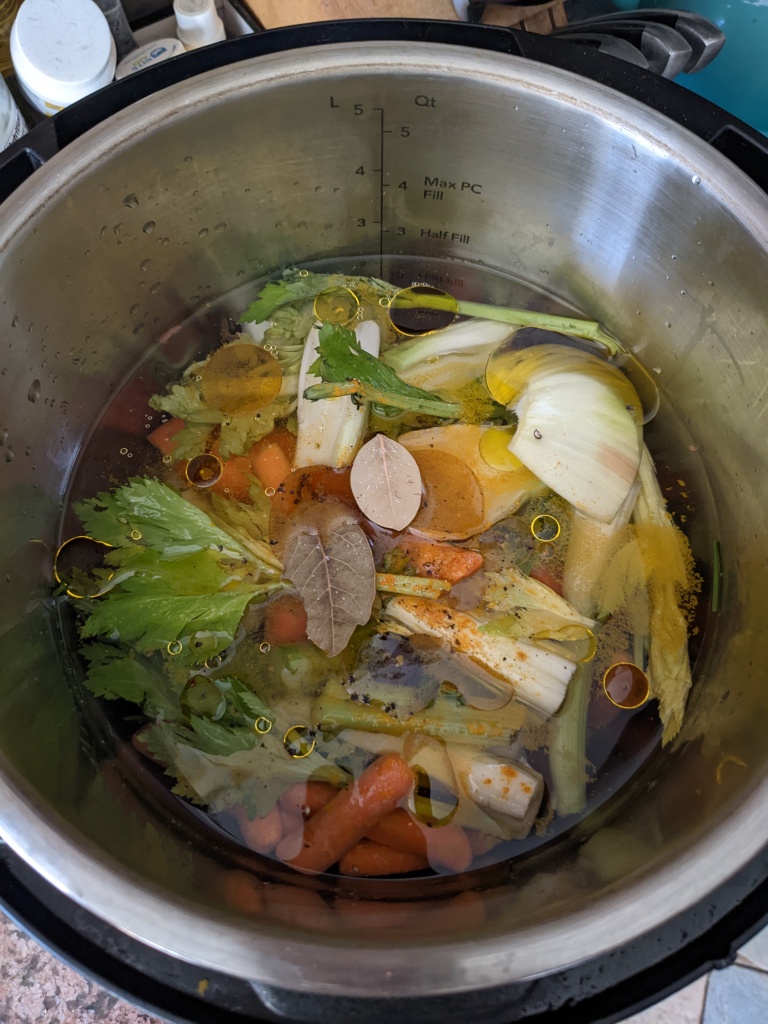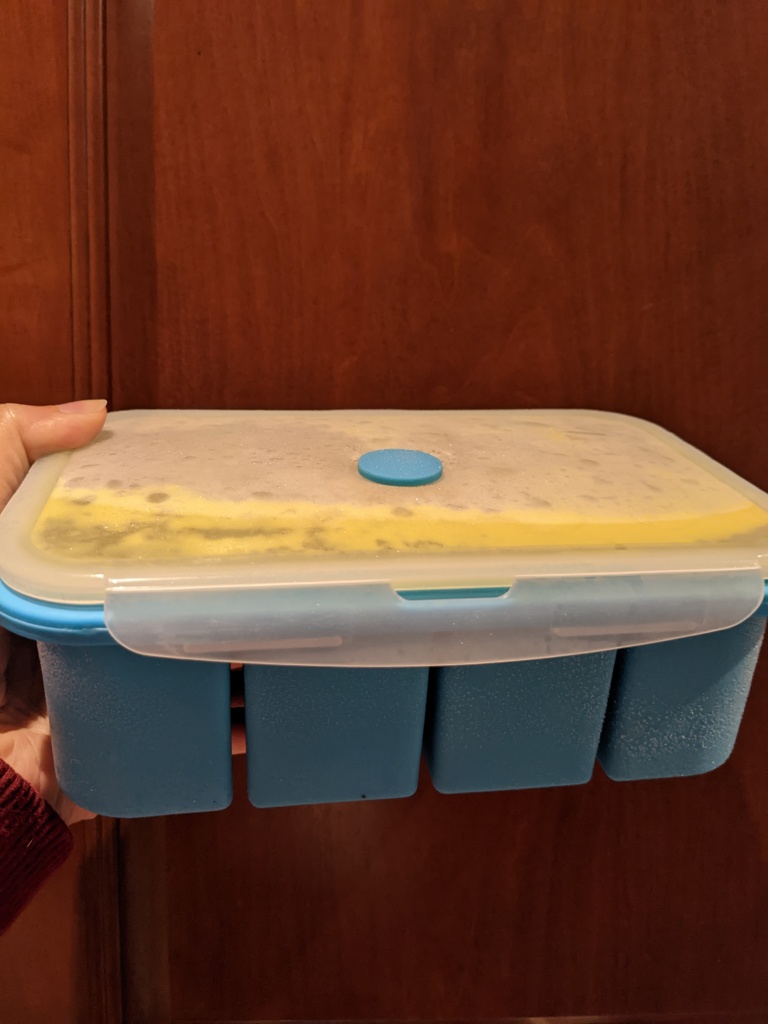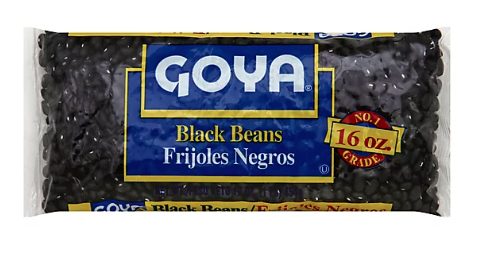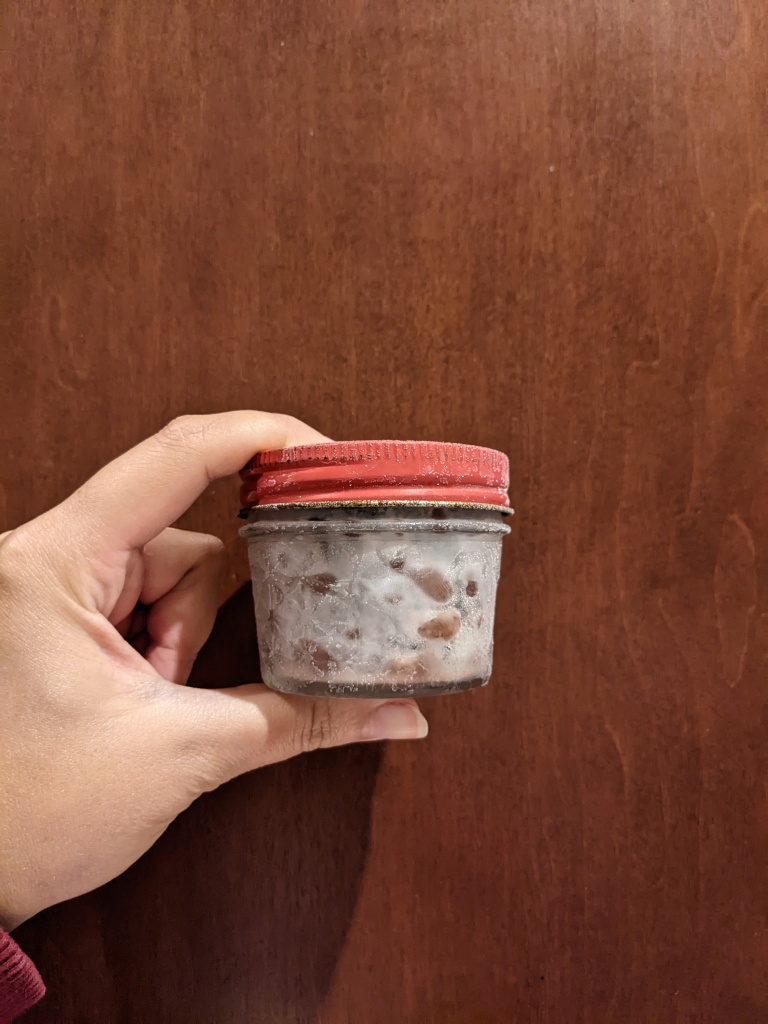A lot of us go into dietary changes thinking that nuts are a high allergy food because peanut allergies are so widely known now. I was surprised to find how well I tolerated some seeds and nuts, and how badly other set me off.
For me:
BAD = sunflower seeds, peanuts, walnuts, pecans, cashews
GOOD = pistachios, hemp seed, chia, flax, pumpkin seed/pepita, brazil nuts, quinoa, sesame seed
Here are some of my nut and seed staples and where I get them in bulk to cut down on costs.
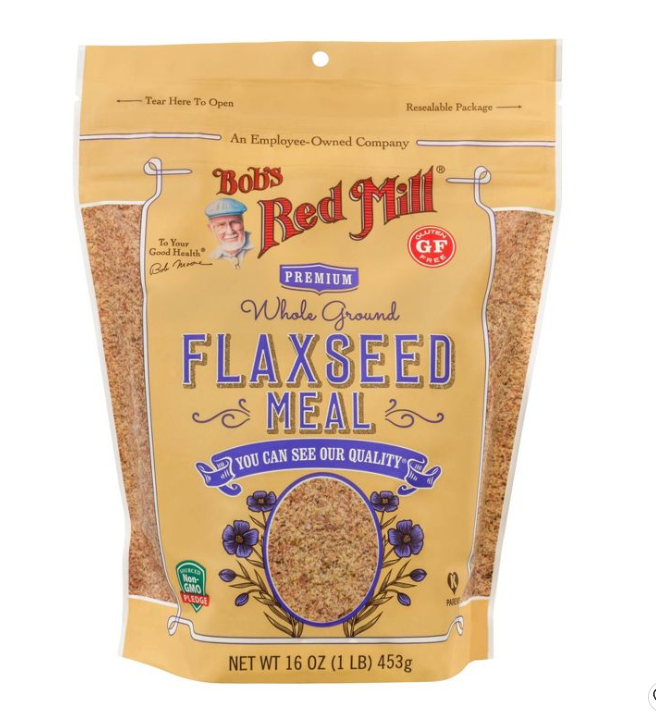
Seriously, where would the dietary restriction community be without Bob’s Red Mill? This is sold so many places anymore, for under $5. I put it into my oatmeal before cooking for extra fiber and omegas.

Chia seeds are a great source of protein, fiber, and antioxidants. I also have zero problem digesting them without cooking, which I can’t say for all seeds. They’re great in smoothies or oatmeal or even cereal, if you tolerate that. I realize that Walmart is the devil. I still can’t find organic chia seeds cheaper for this quantity other than Walmart.
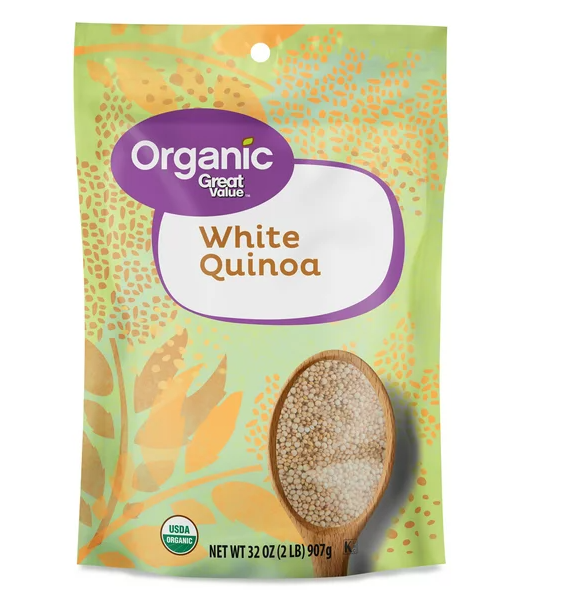
Walmart is also where I get my quinoa, also suspiciously cheap for the amount, but just as good quality as the other pricier brands I’ve tried.

Badia is a Goya competitor brand that’s sold a lot around where I live. Try bodegas or stores closer to Latin and Hispanic communities, if you’re in the states. They’re very cheap, and have little packets of all their seeds and spices for under $2 – a great way to test out if you tolerate something without having to waste money on a huge bag you can’t eat.
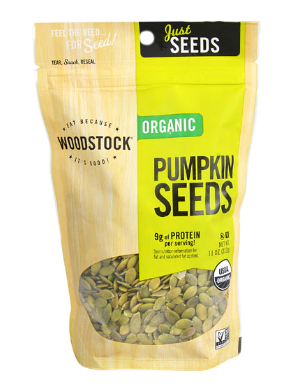
I am VERY picky about my pumpkin seeds. They have to be raw and unsalted. I’ve tried other brands and none of them taste as fresh or have lots of broken up pieces. Woodstock is sold at Vitacost online, or I’ve also gotten it at my local coop.
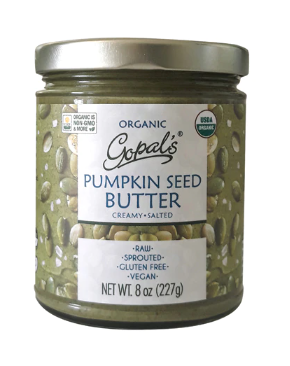
Likewise, pumpkin seed butter is the only nut butter I tolerate. I’ve seen it sold at Whole Foods sometimes, but I usually get it from Vitacost. It’s a great dip for fruit or veggies as a portable snack, or spread on rice cakes with a little coriander and honey.
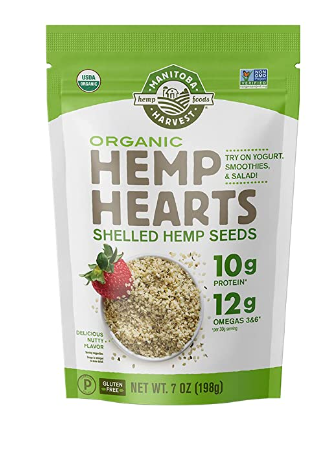
Hemp seeds might seem a bit out there, but they’re a really interesting flavor and packed with protein and omegas. This is one that I’m honestly not picky about as long as it’s shelled! Don’t get unshelled hemp seeds. Don’t do it. You think you can save a little money by shelling them yourself…. and one broken blender later, you’ll regret it. Manitoba is an affordable option and sold at a lot of health food stores and online places.

If you’re in to smoothies, hemp seed powder is high protein and low histamine. It also has a STRONG hempy taste. Some people can’t stand it for that alone. I blend it with ice cubes and frozen blueberries and a little mango and choke it down just fine. Nutiva is my trusted brand here. Keep it in the fridge after opening for freshness.

And finally, pistachios. They’re my ride-or-dye purse snack. I always have a little container of them for emergencies. To me, Wonderful has the best tasting brand. I’ve tried grocery store generics, Trader Joe’s, Walmart, Target, CVS… you name it. They all taste stale to me. Amazon has these for $6 a bag. Just make sure to stay away from the flavored ones, which are coated in all kinds of weirdness.

